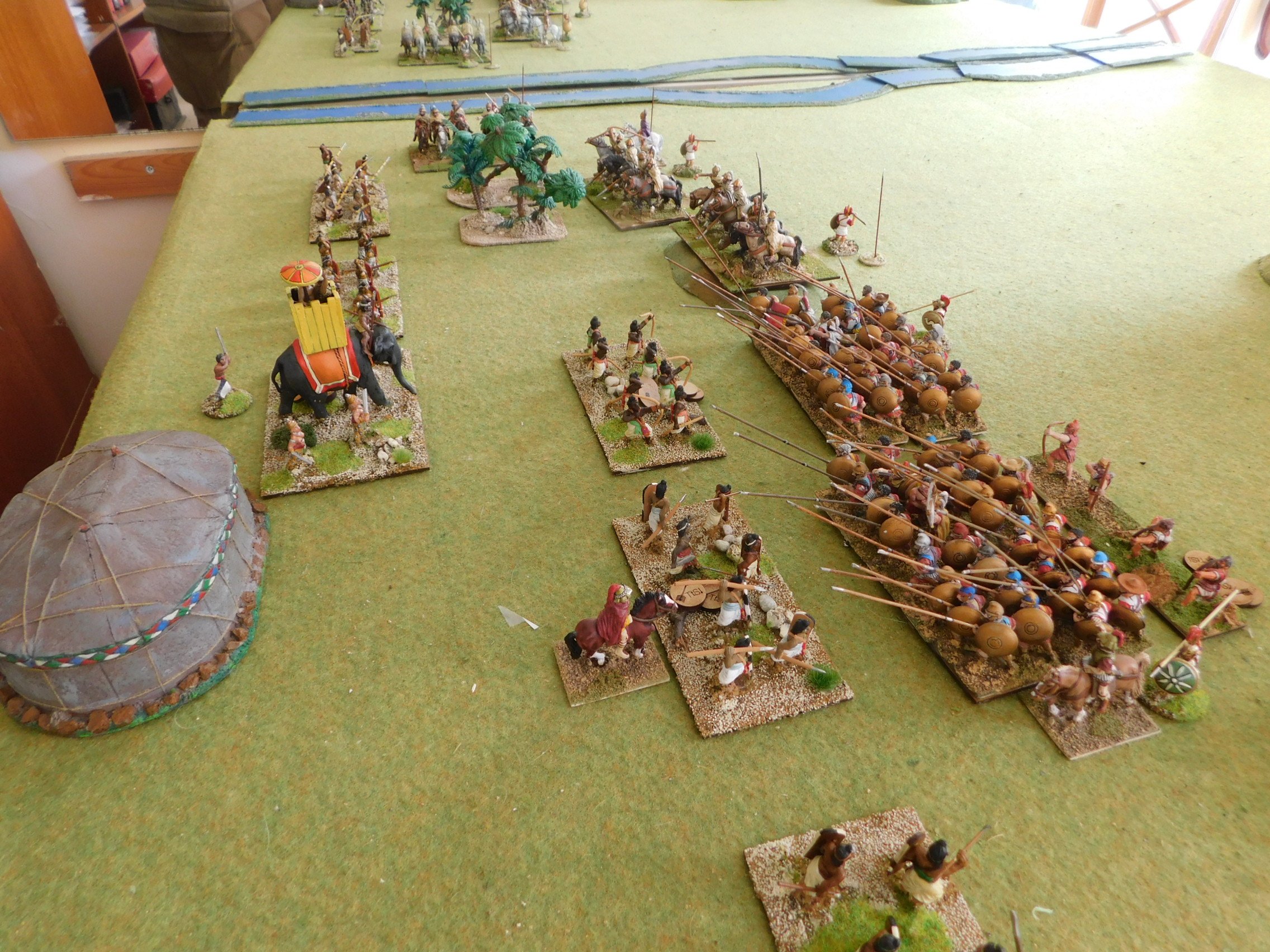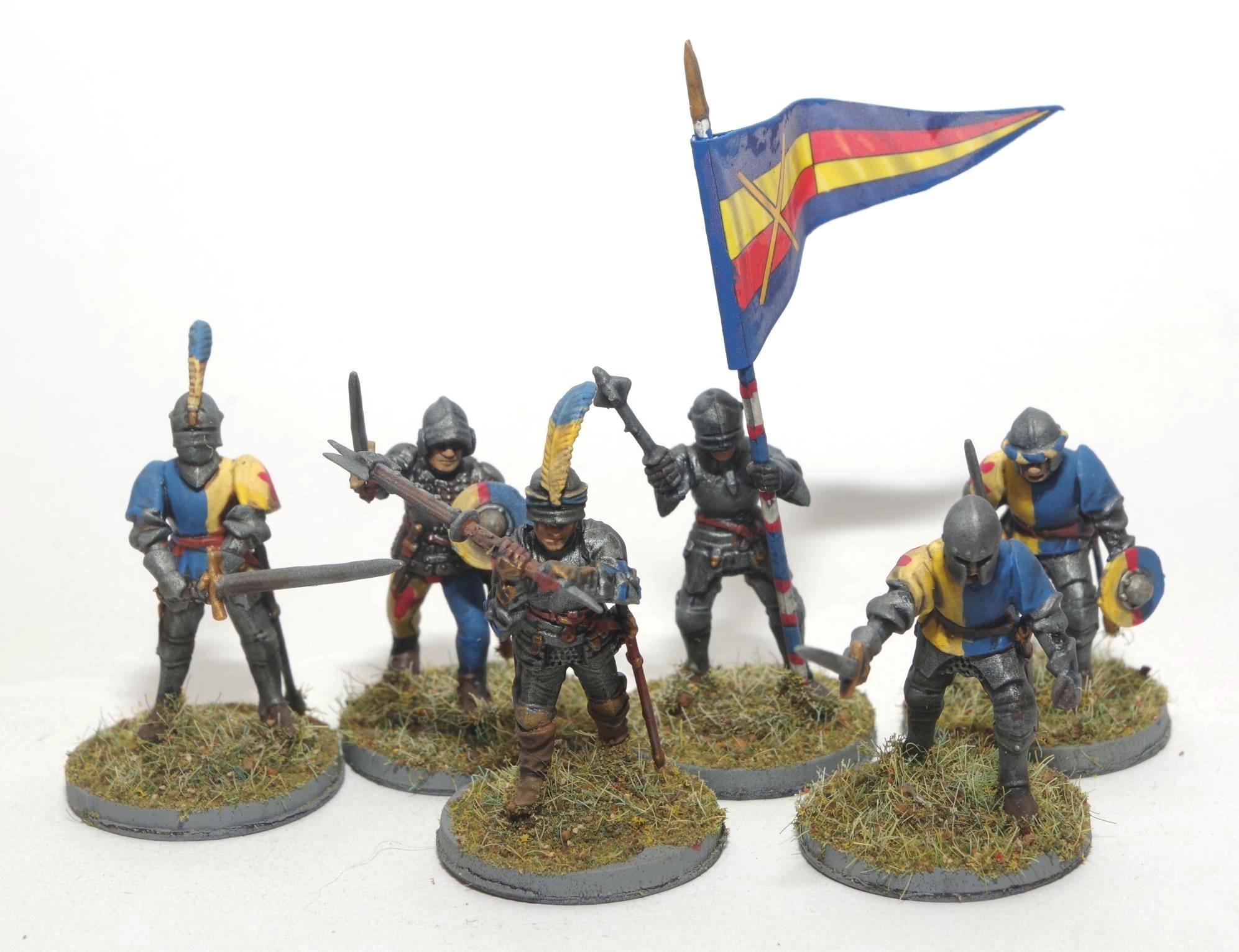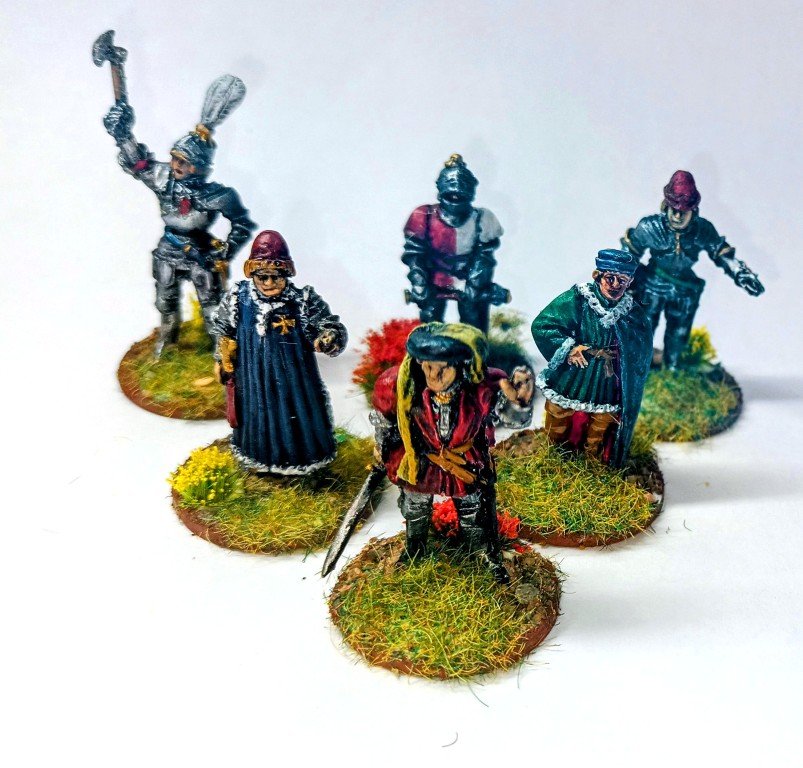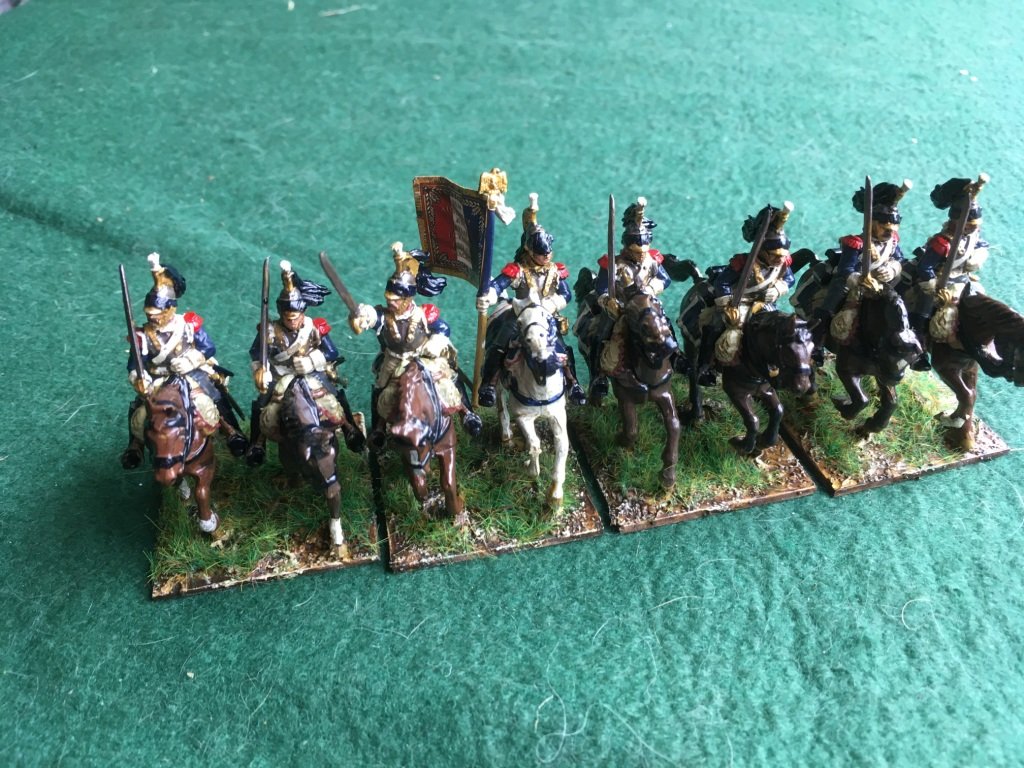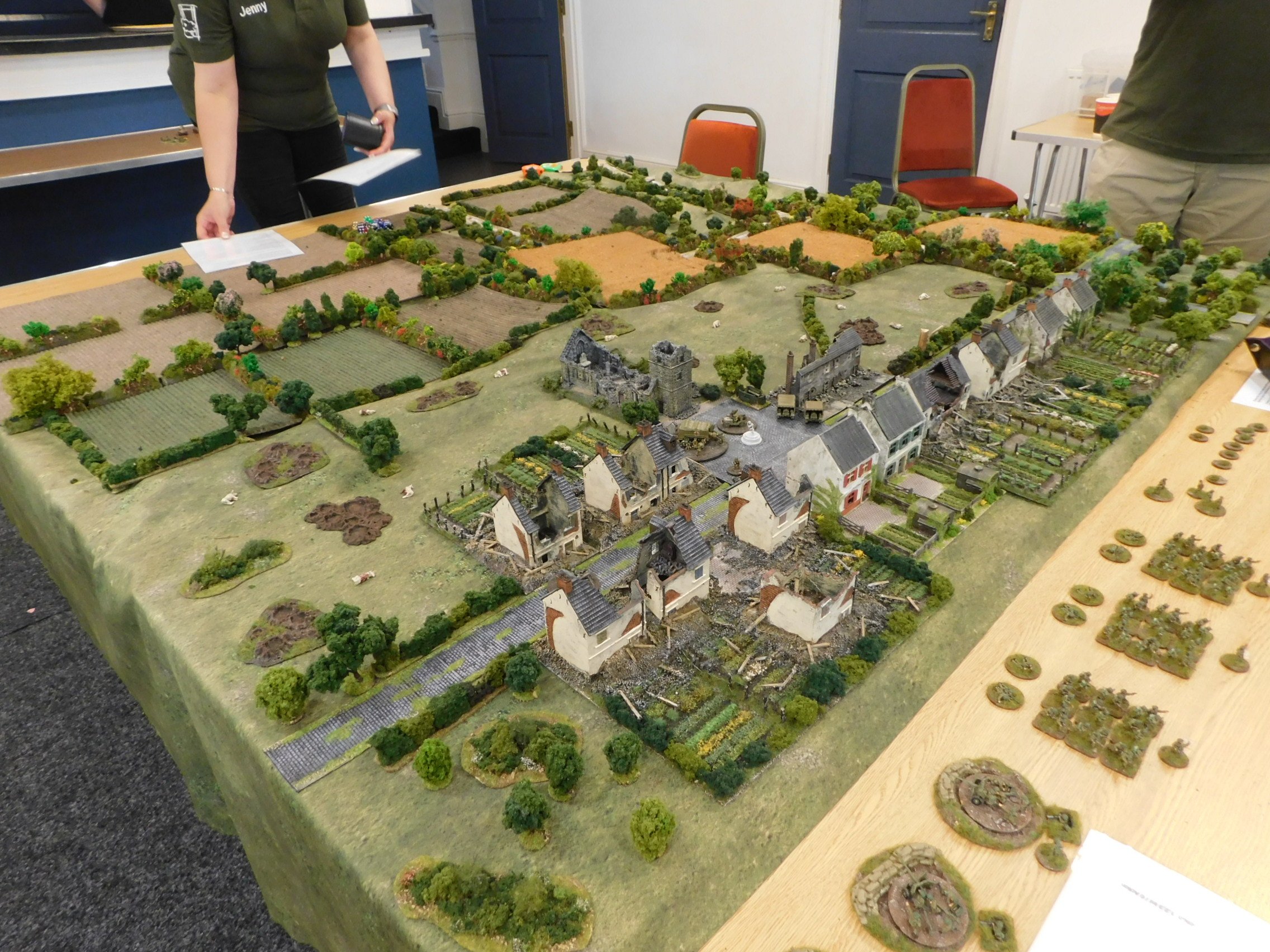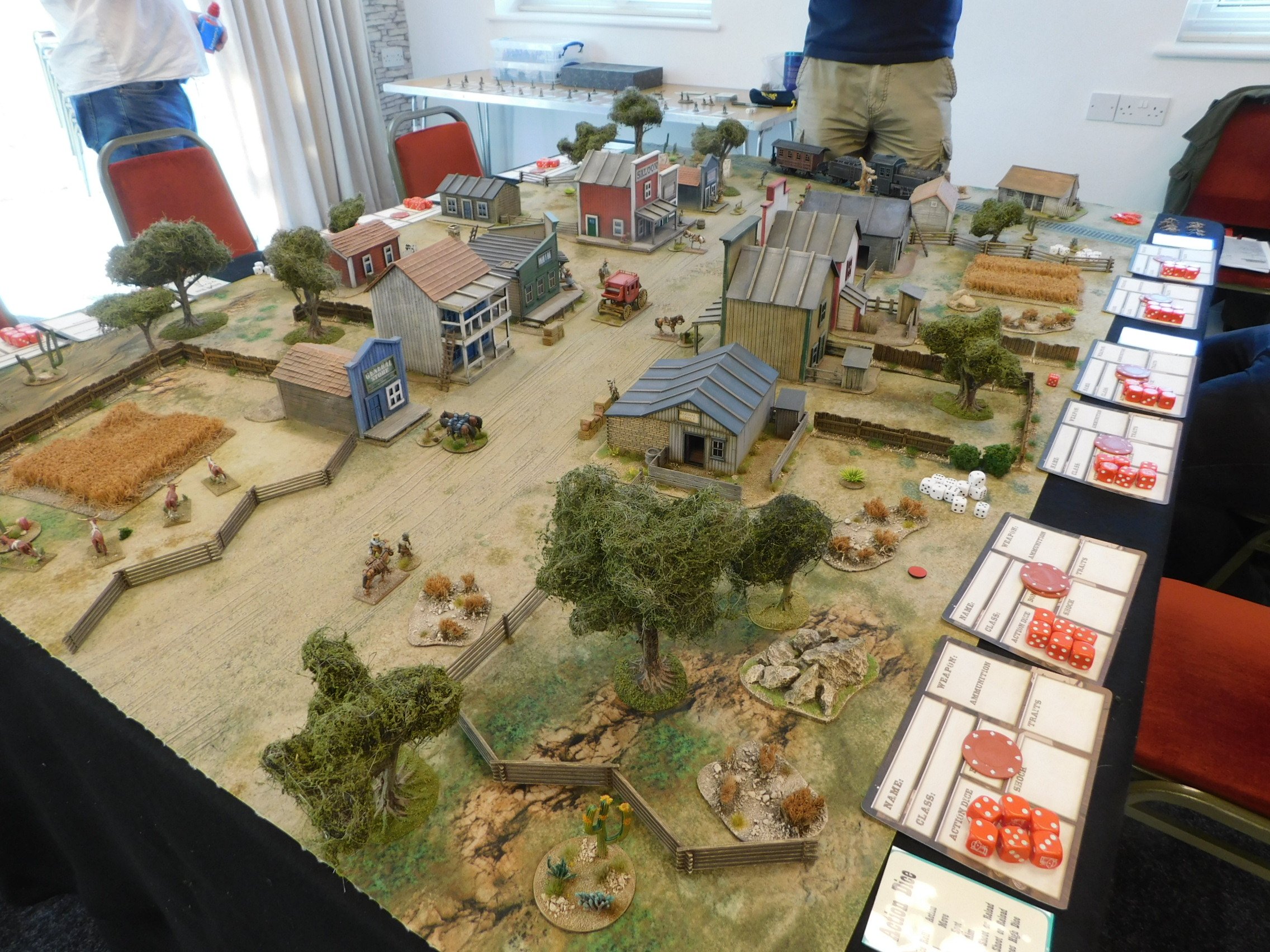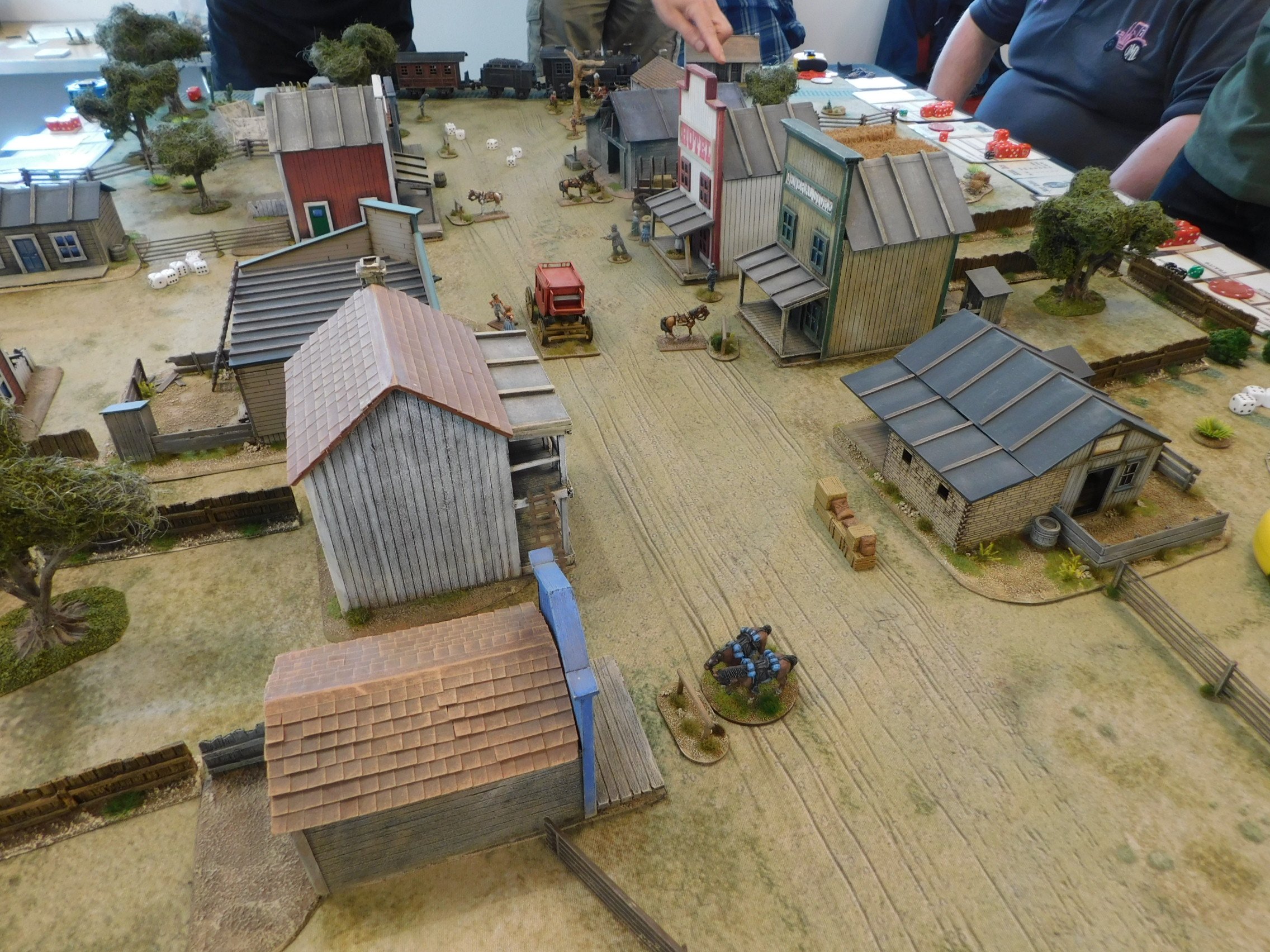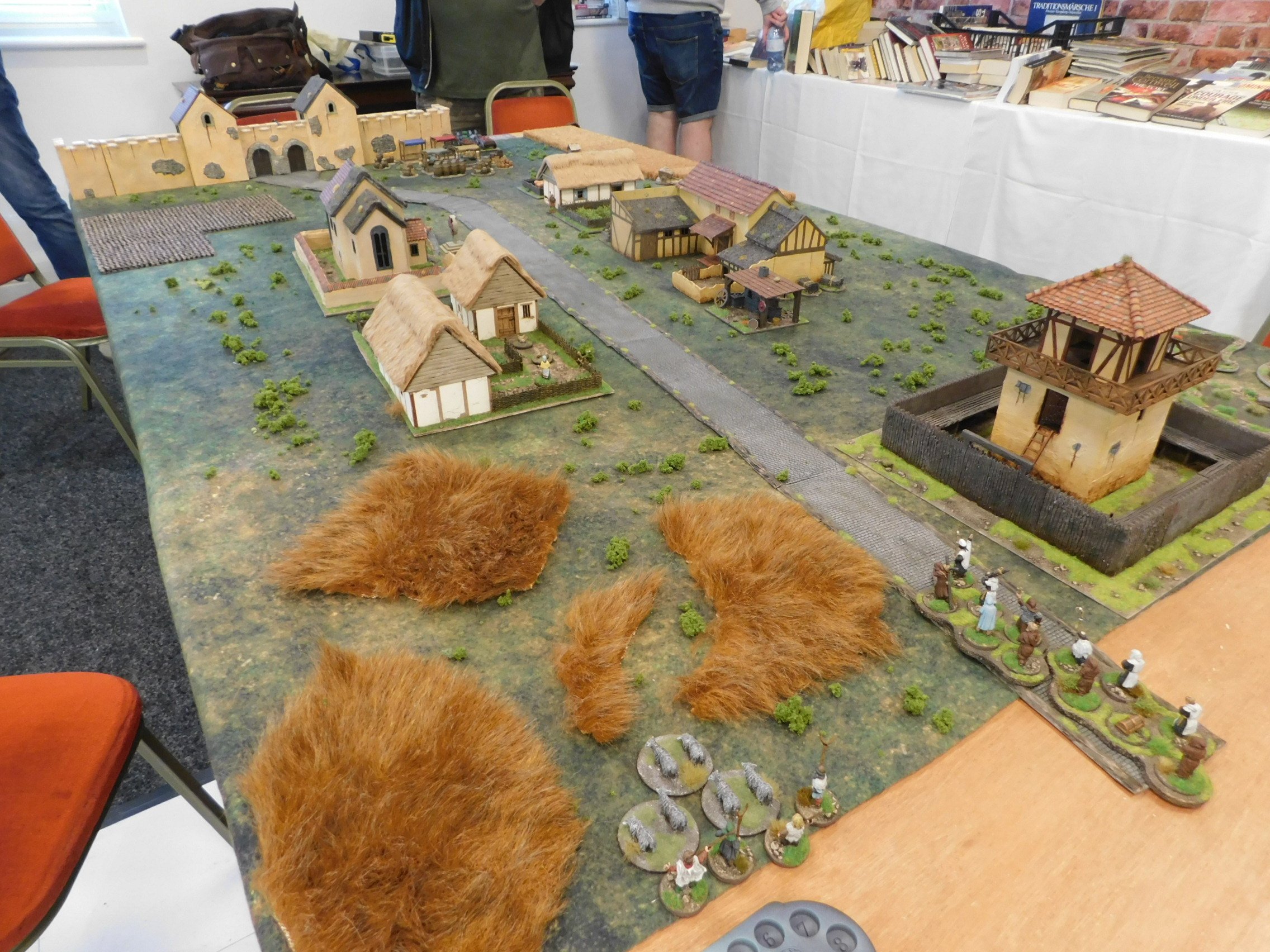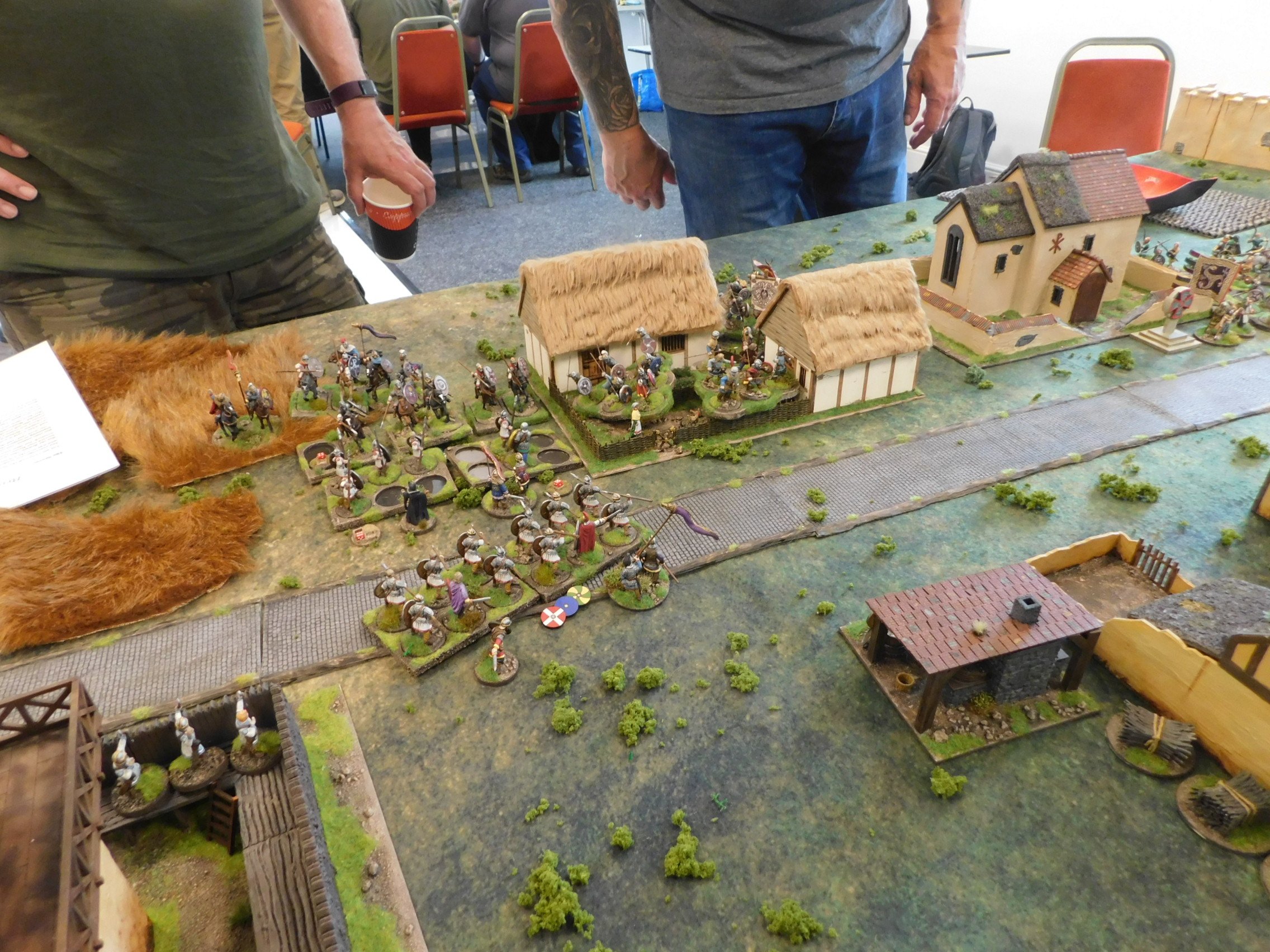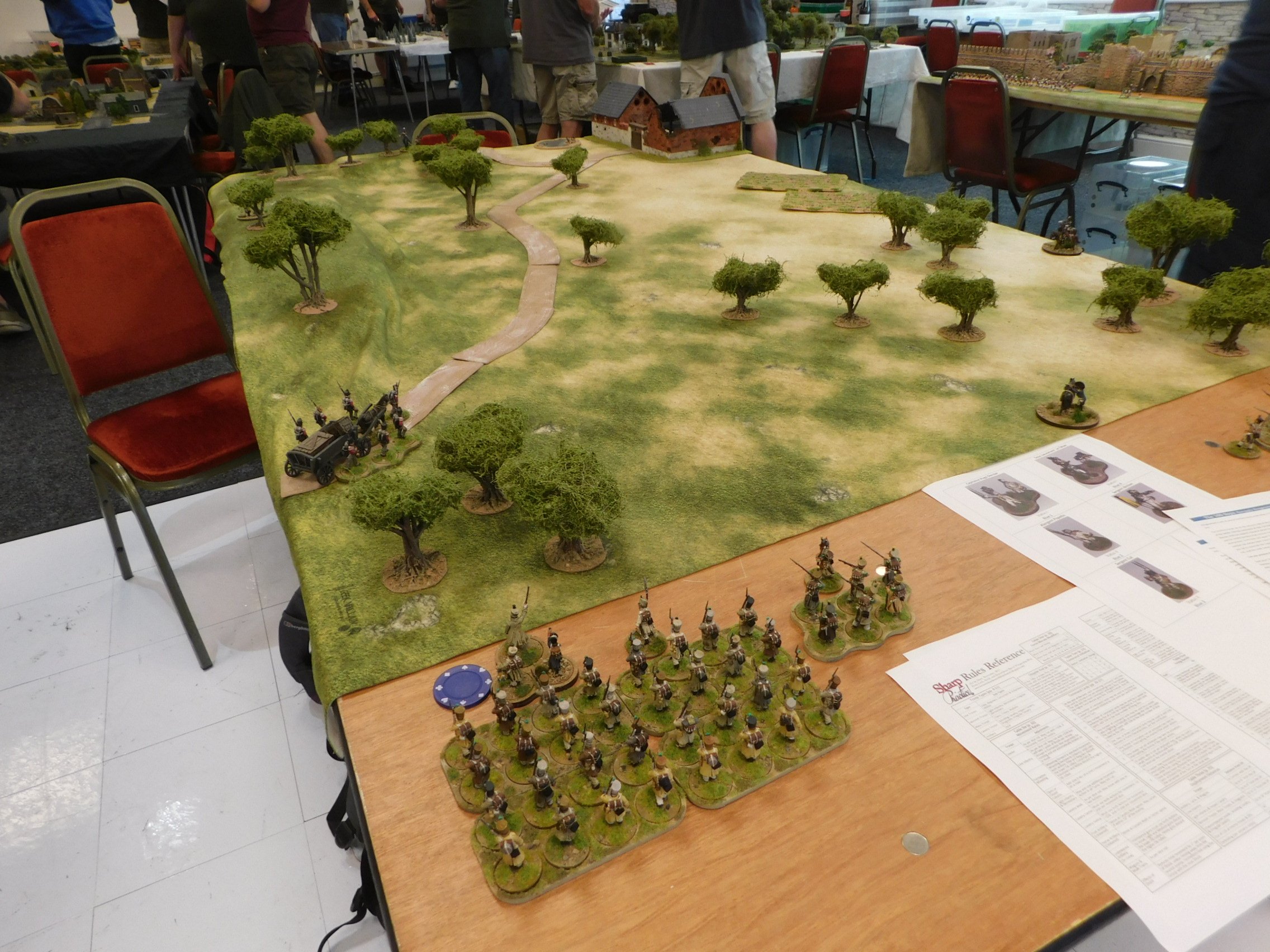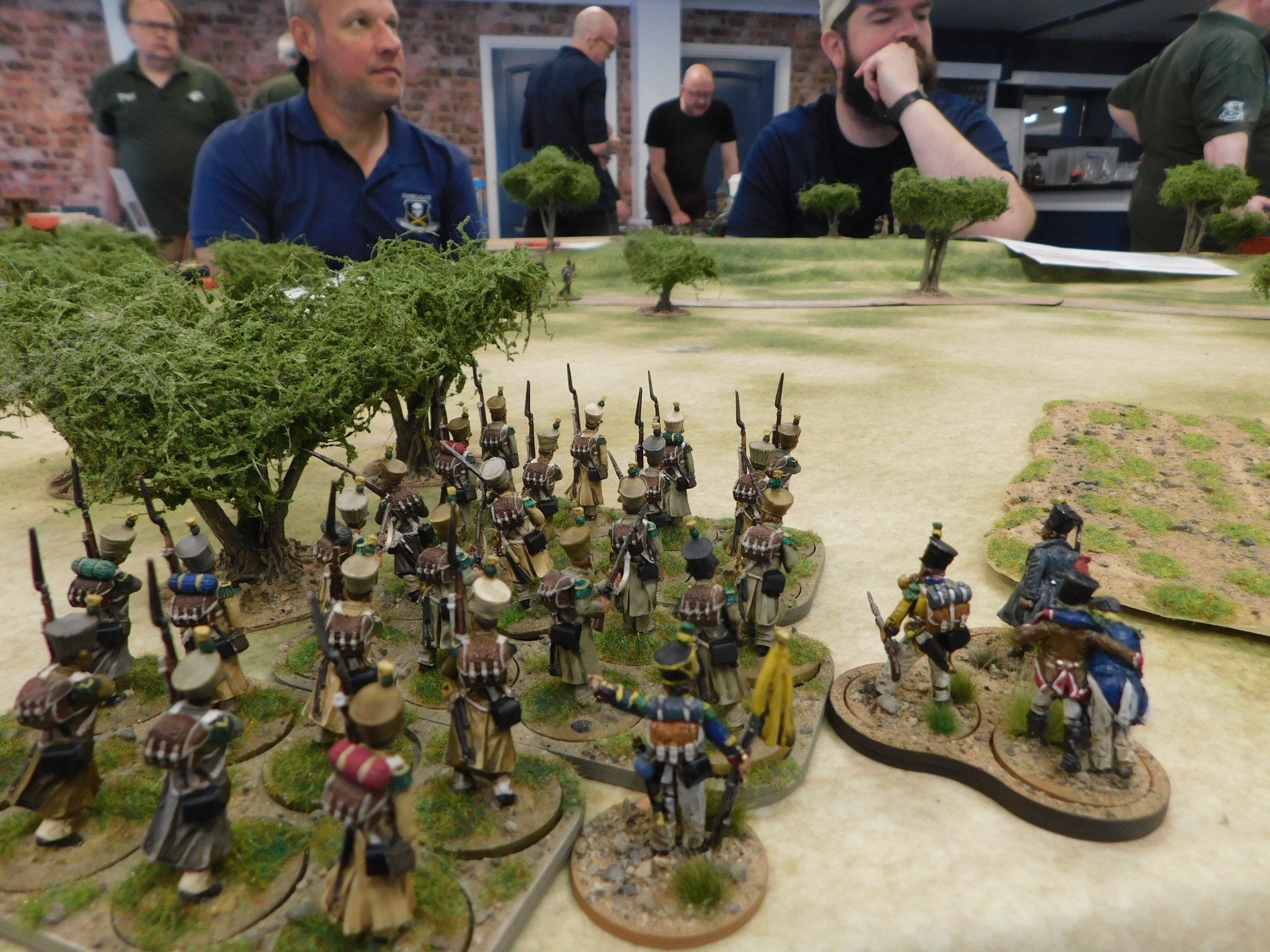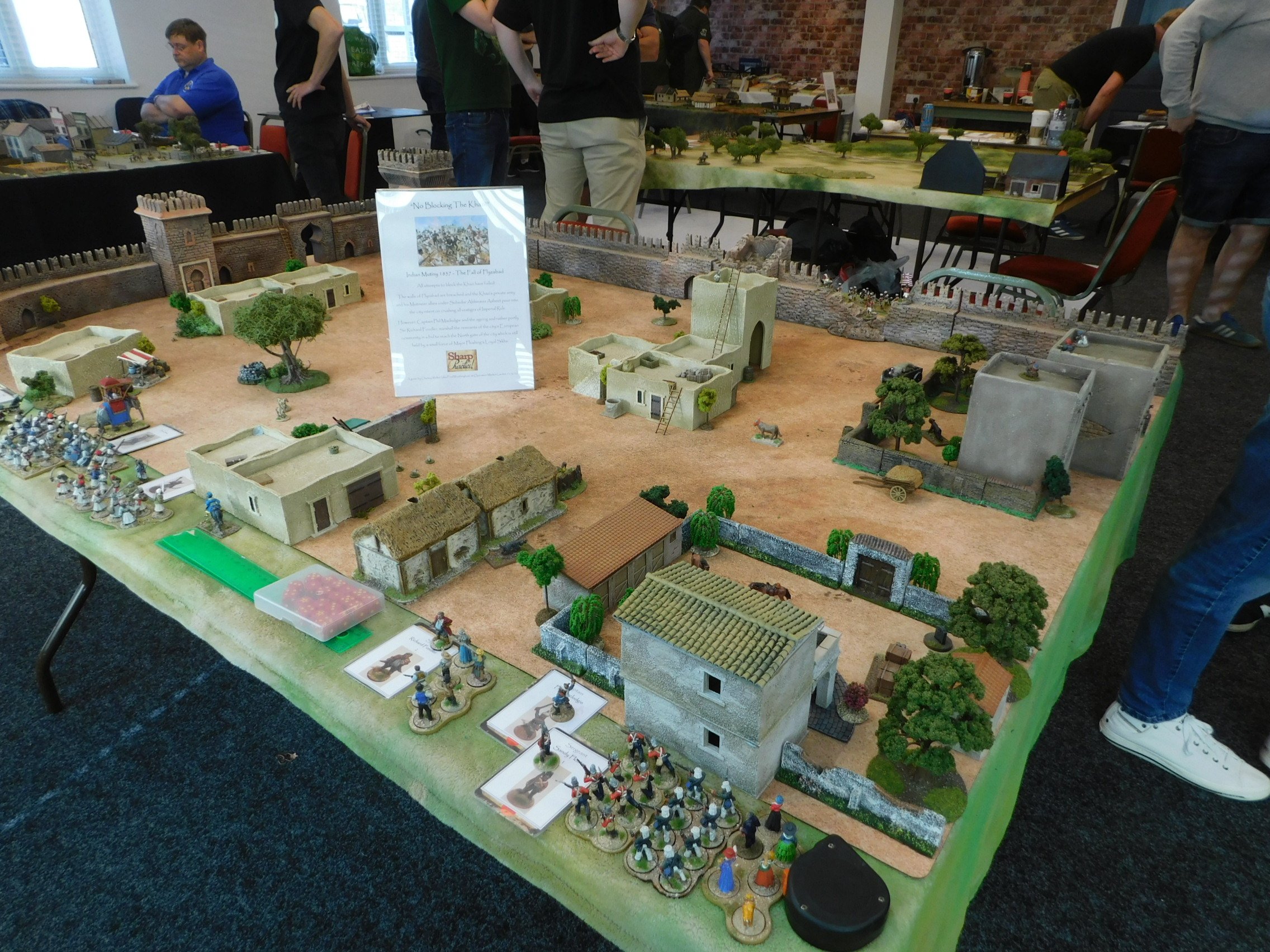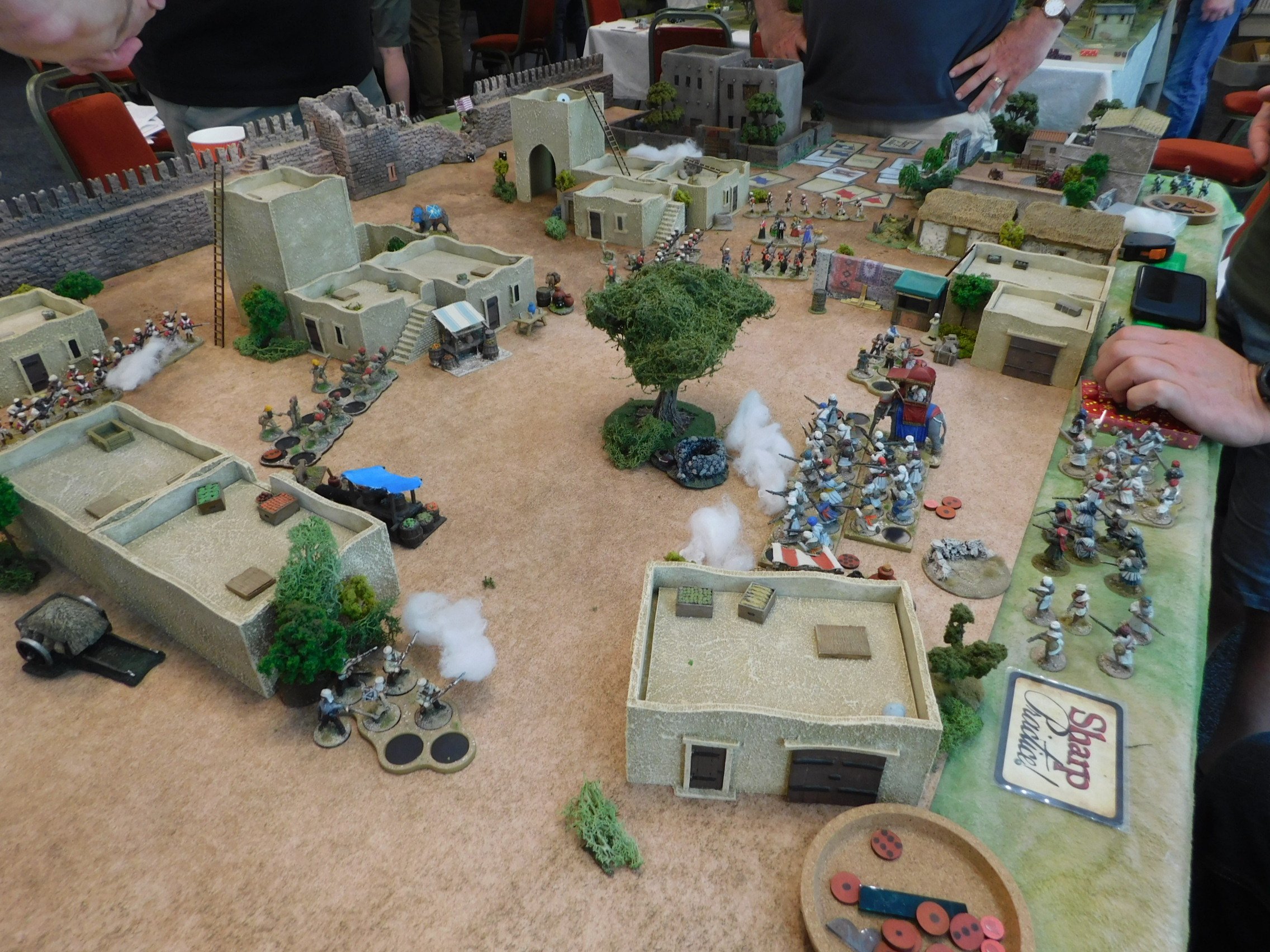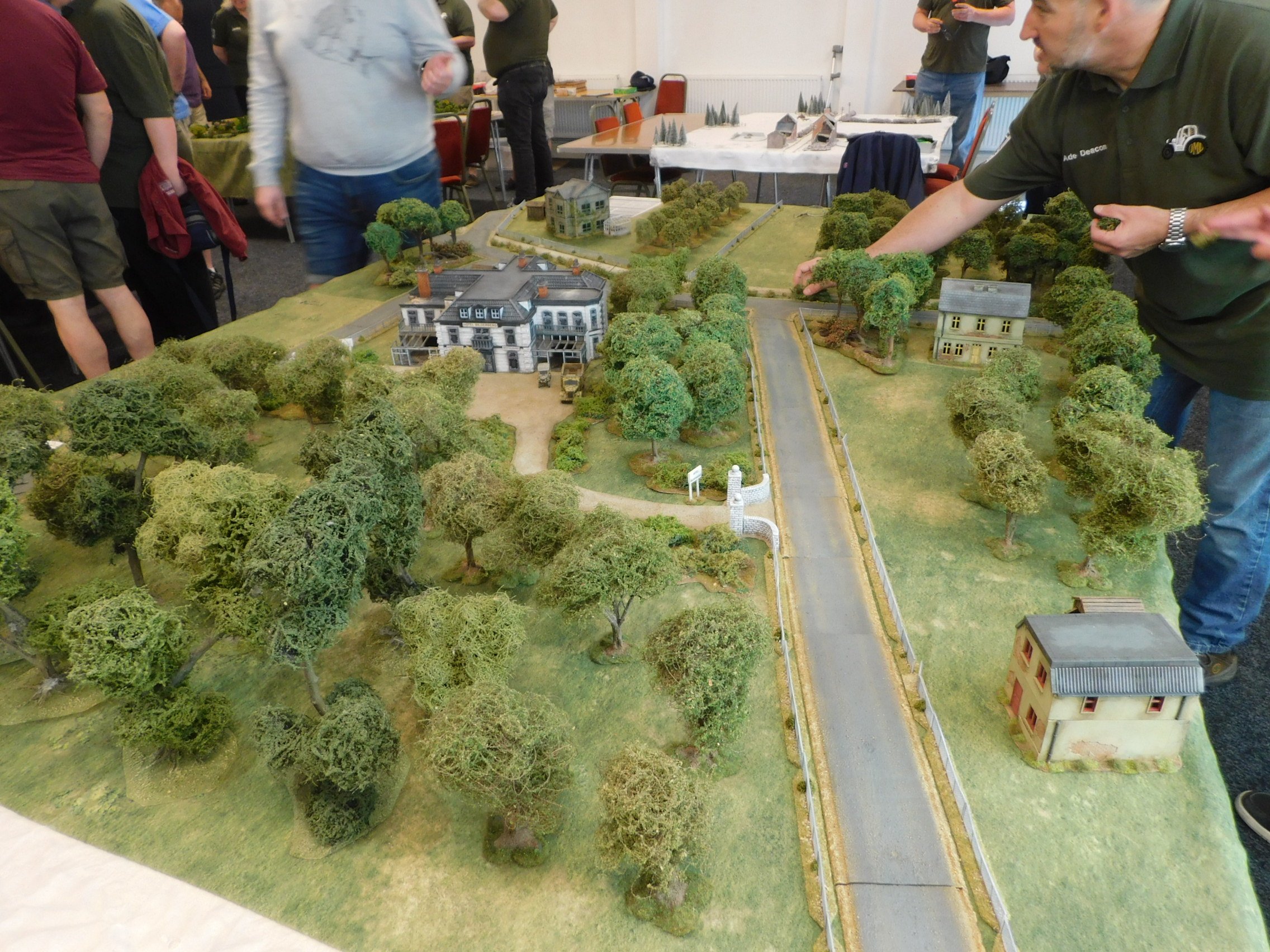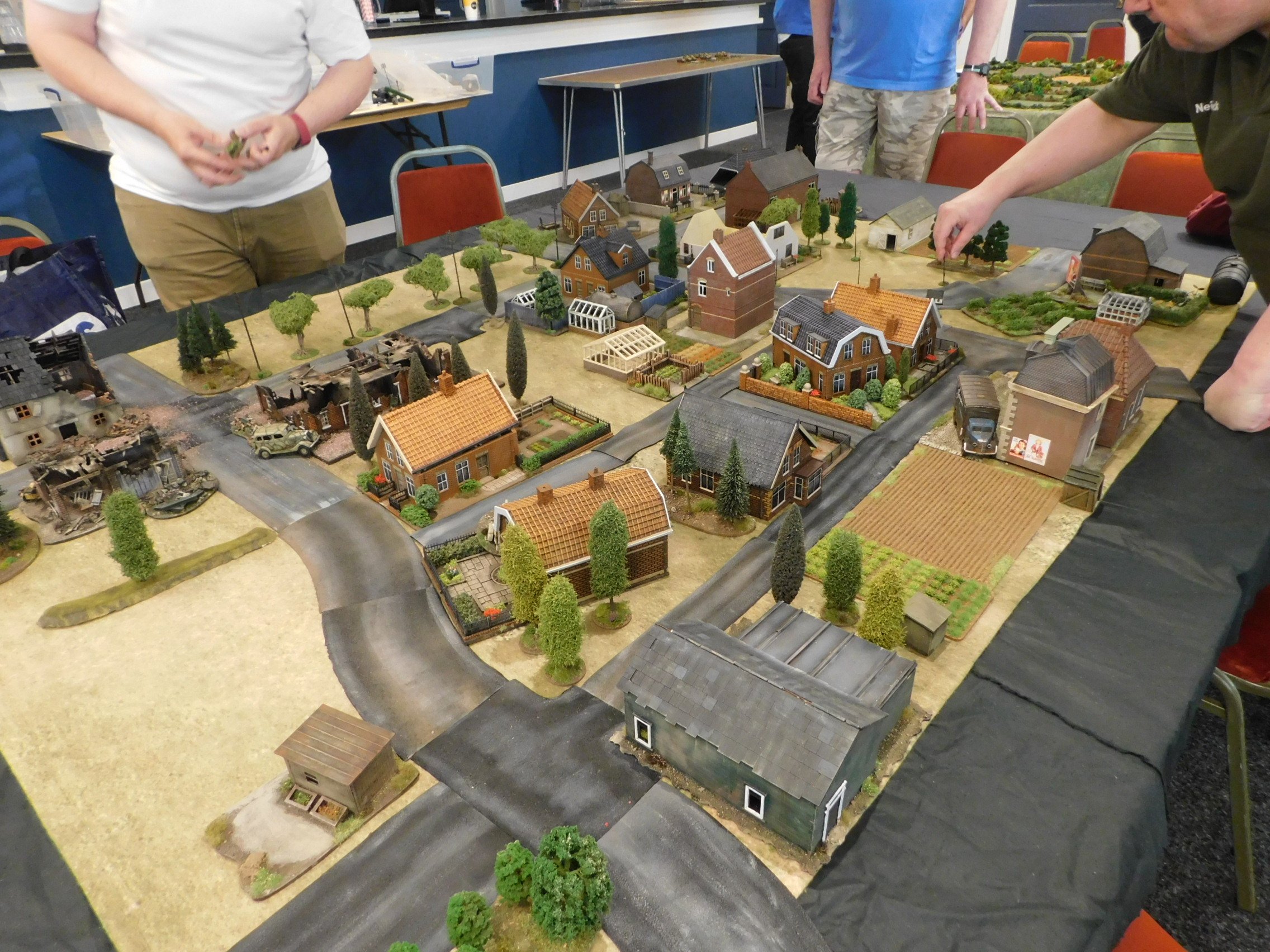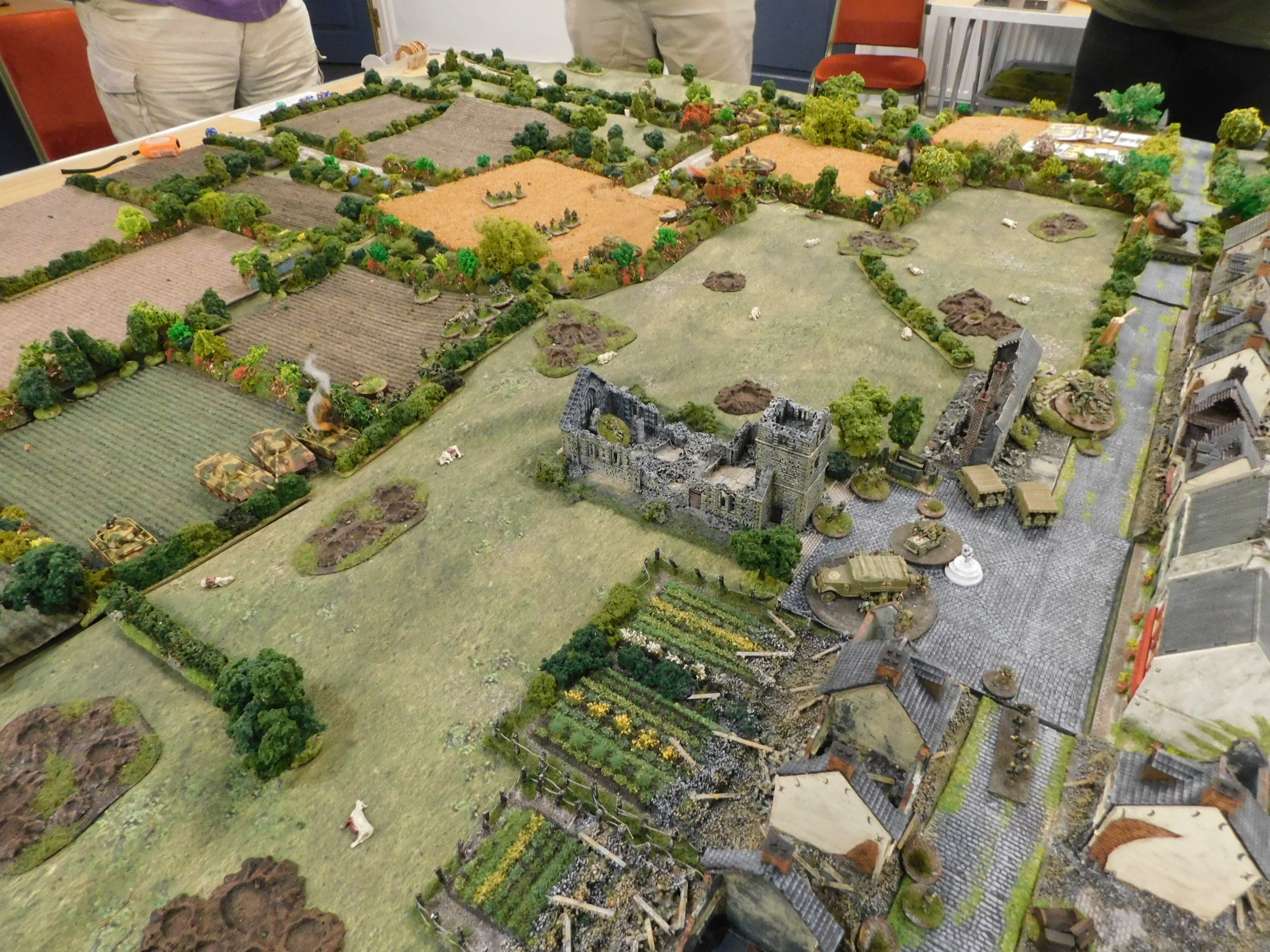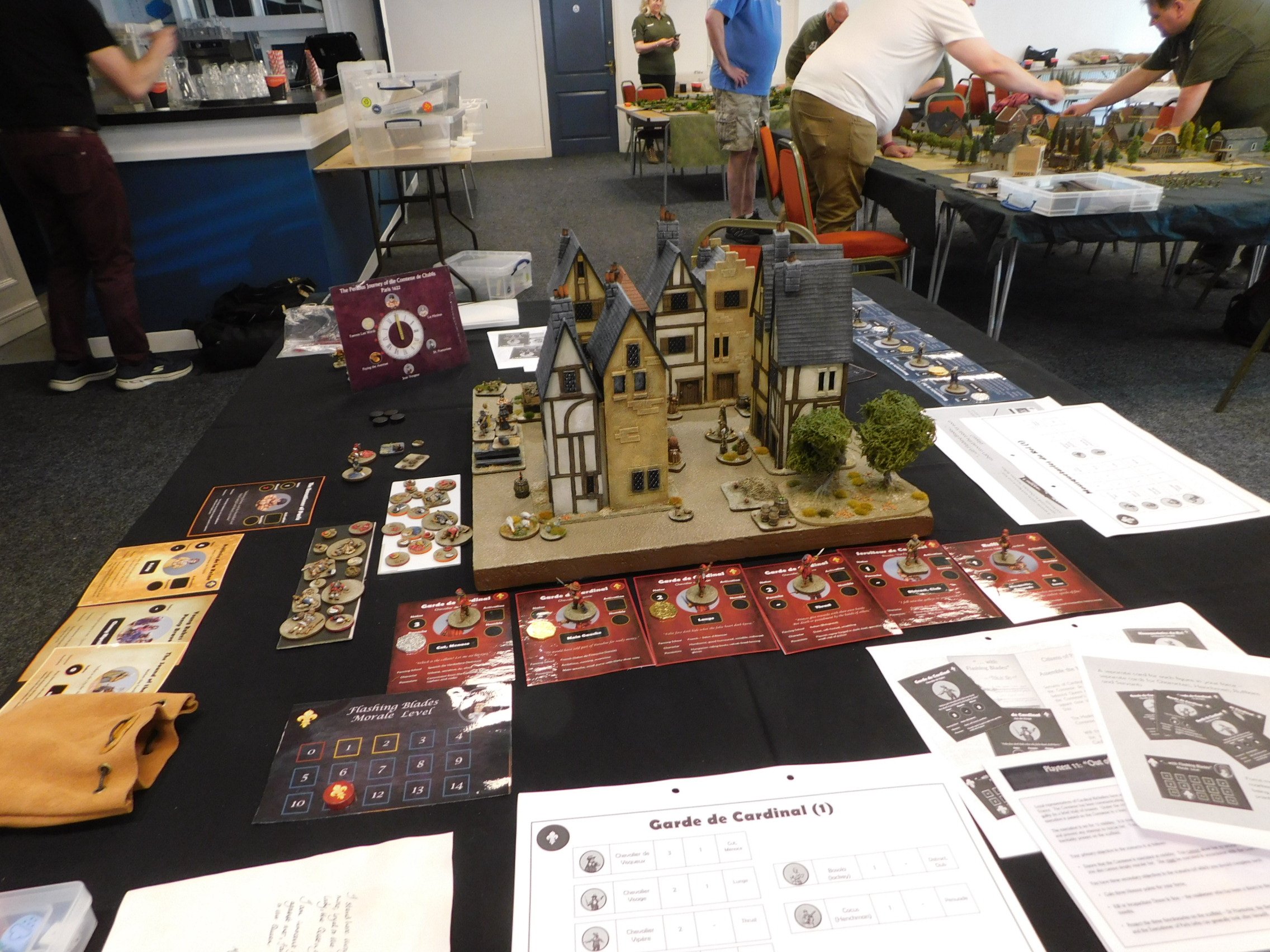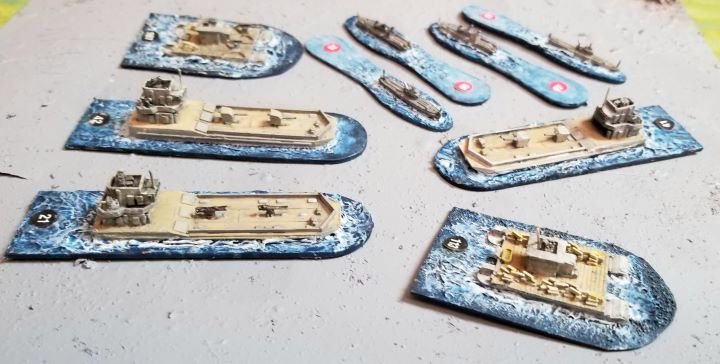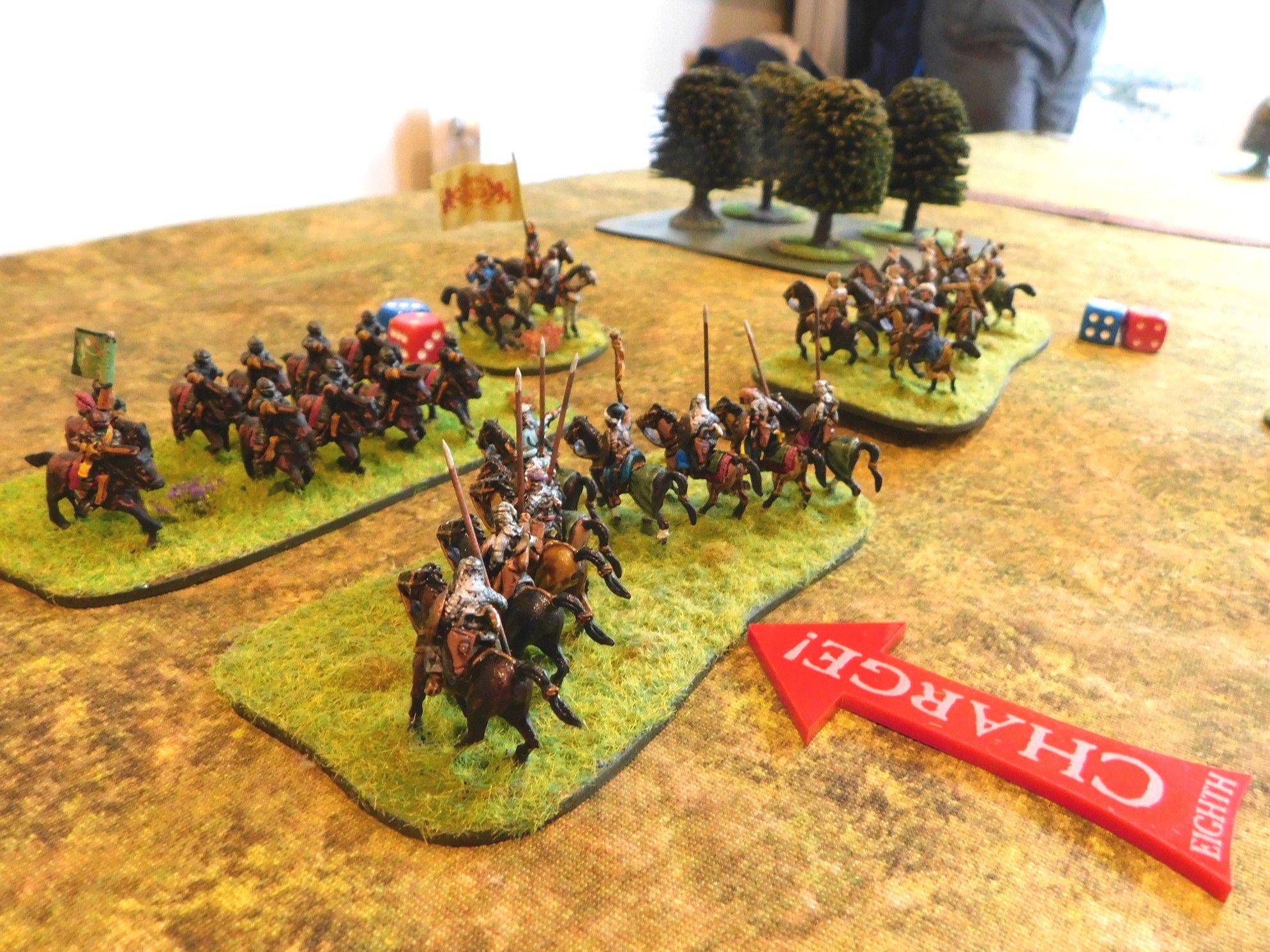French in Greatcoats...and in mail?
/With the prospect of a big Napoleonics bash coming up I thought it a good time to get back to painting the horde (or should I say hoard!) of early period French that I have in the lead mountain.
My first three battalia were normal line infantry so, for a change, I went with greatcoated infantry for battalia number four. My reading tells me that it would be extremely unusual to see a whole battalia in greatcoats but, for one out of what I am sure will be many, I’m sure it doesn’t really matter.
There are from the AB Figures 18mm range again and, despite the slightly weird looking photograph, look rather spiffing in their long coats. I painted three different colours of greatcoat: most of them are pale grey, some are dark grey, and some are light brown.
As you can see, I also took the opportunity to paint up the first brigade’s officer as well, although I should have turned the base a little as the hat on the rifle held up by his infantryman companion is right in front of his face. That’s why you pay lots of money to a stylist when you’re doing a photoshoot!
Normans!
And why am I so keen to bring the lead mountain down?
Regular readers will know that this year I have promised myself that I can only buy new stuff if I first paint some lead mountain lurkers. It’s a pretty pathetic attempt to instil some discipline into my project management process!
So, as I said, why am I so keen to bring the lead mountain down?
Well, those very clever people at Museum Miniatures have just launched their new CAD range: 15mm Normans. Haven’t seen any figures in the flesh yet (or should that be “in the metal”?) but the designs look epic…and if these are as good as the Sumerians, Indians, Persians and Greeks they’ve done before, then they are going to be a very welcome addition to my collection.
Here are some pics:












